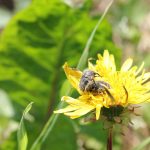Winter mushrooms

There’s plenty of Cantharellus cibarius mushrooms, and even Boletus edulis that can still be found, hiding in the fallen leaves.
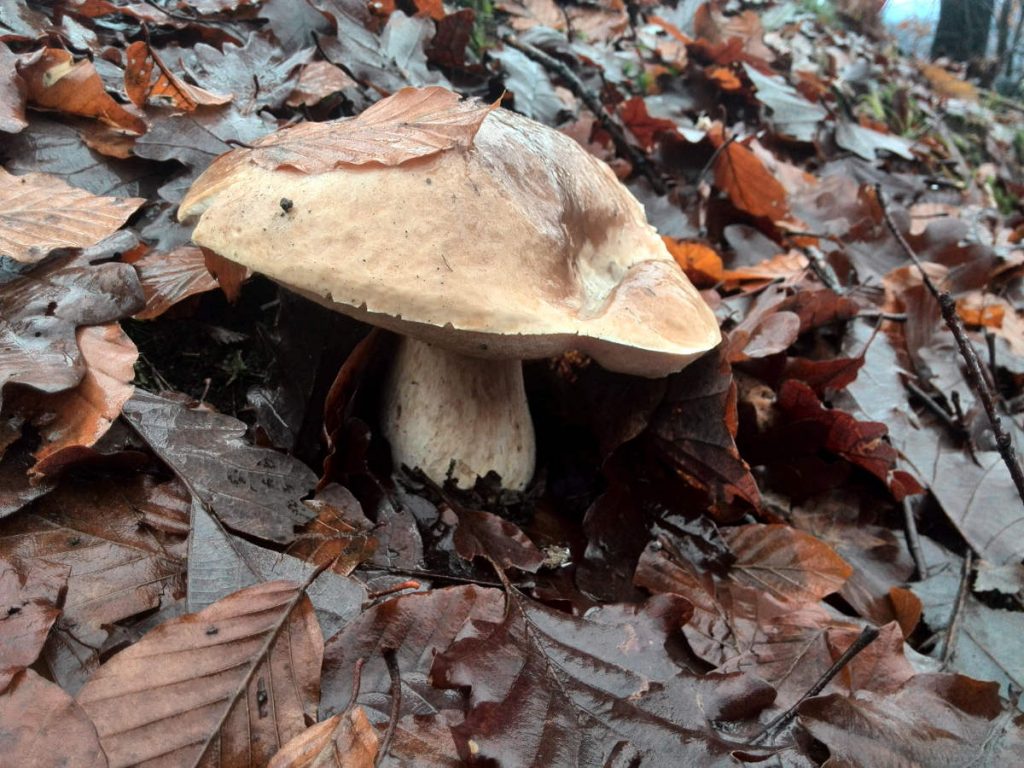

There’s plenty of Cantharellus cibarius mushrooms, and even Boletus edulis that can still be found, hiding in the fallen leaves.

Despite the fact that bamboo (well, at least most of them) is evergreen plant, most of temperate bamboos start shedding leaves as soon as weather starts getting colder.

During the winter, plant’s activity drops and water mobility inside the plant slows down and sometimes even stops completely. With temperatures below freezing, soil can be cold or even frozen on top, effectively preventing water to get from roots into leaves. Evergreen plants continue to loose water through the leaves by transpiration during the winter. Leaf can heat up considerably during bright sunny winter day and even if air temperature is low, rate of transpiration gets higher. Higher transpiration rate becomes a problem, when roots fail to replenish all the water that is lost through the leaves. Water loss problem gets worst during prolonged periods of strong winds and on already mentioned sunny days.

Deciduous plants shed their leaves during the unfavorable part of the growing season, which can be winter in temperate parts of the globe or dry season in the tropics. Plants effectively prevent water loss caused by unnecessary transpiration by tossing away their foliage. Bamboos usually remain green during the winter, except some of the species that grow at higher altitudes in the mountains. They do prepare for the winter and shed some of their leaves though.

When first frost arrived, most of the bamboos in my garden triggered leaf yellowing process but in only about a week, when most of the colored leaves dropped, bamboos turned green again, yet with a lot less greenery on them. Some of bamboos like to dispose of unnecessary leaves regularly, even during the summer, which means they show much less leaf loss in the fall. That kind of pattern was seen on Fargesia rufa. It was also the first bamboo to drop some of it’s leaves.

Phyllostachys Aurea is loosing a lot of leaves each fall and this year it’s doing the same. It does take a bit more time to complete the task.
Phyllostachys heterocycla Pubescens – Moso is also showing only minor leaf fall. It does like to drop the leaves in the spring after it starts shooting. Yellowing usually occurs when last year’s branches start to grow new foliage.

And the winner is Borinda fungosa. It started yellowing after first frost, in only a couple of days it was full of yellow leaves and just a couple of days later, there were no signs of yellow leaves on it. Soil around it, on the other hand is full of leaves that will hopefully protect the plant from winter cold.
Eichhornia crassipes is commonly known as Water hyacinth and can be highly invasive. I only bought one small plant, but I ended up removing it on a weekly basis to allow at least some air and sun to enter the water. It creates dense mat of lush vegetation on the pond’s surface, but with time it shades out everything inside the pond.
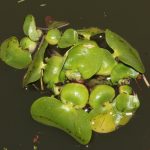


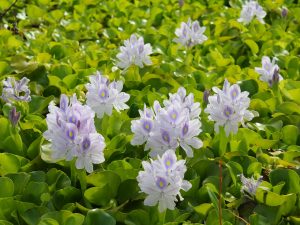
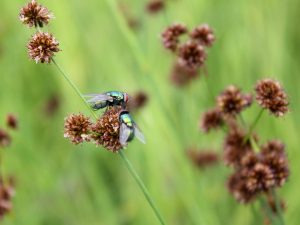
One day in the summer, young hedgehog died and I’ve noticed a lot of green flies all around. I haven’t found the source until much later, when the flies and foul smell were already gone.
 Unknown beetles on Columbine flower. There are many different beetles roaming around the garden and these two were ‘snapped’ while watching the flowers.
Unknown beetles on Columbine flower. There are many different beetles roaming around the garden and these two were ‘snapped’ while watching the flowers.
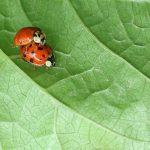 Chinese ladybugs almost removed the population of local ladybugs. These two are chinese version that is bigger and has more black dots on their backs. They are all beneficial to the garden so I love to see them around, especially doing what these two were doing. Aphids and mites beware. 🙂
Chinese ladybugs almost removed the population of local ladybugs. These two are chinese version that is bigger and has more black dots on their backs. They are all beneficial to the garden so I love to see them around, especially doing what these two were doing. Aphids and mites beware. 🙂

